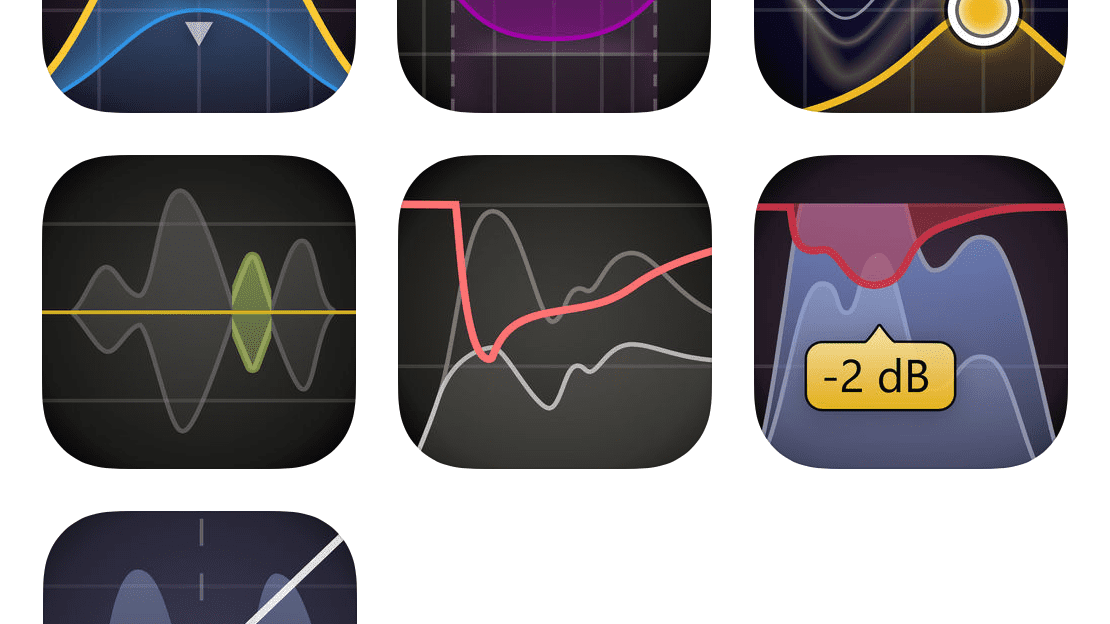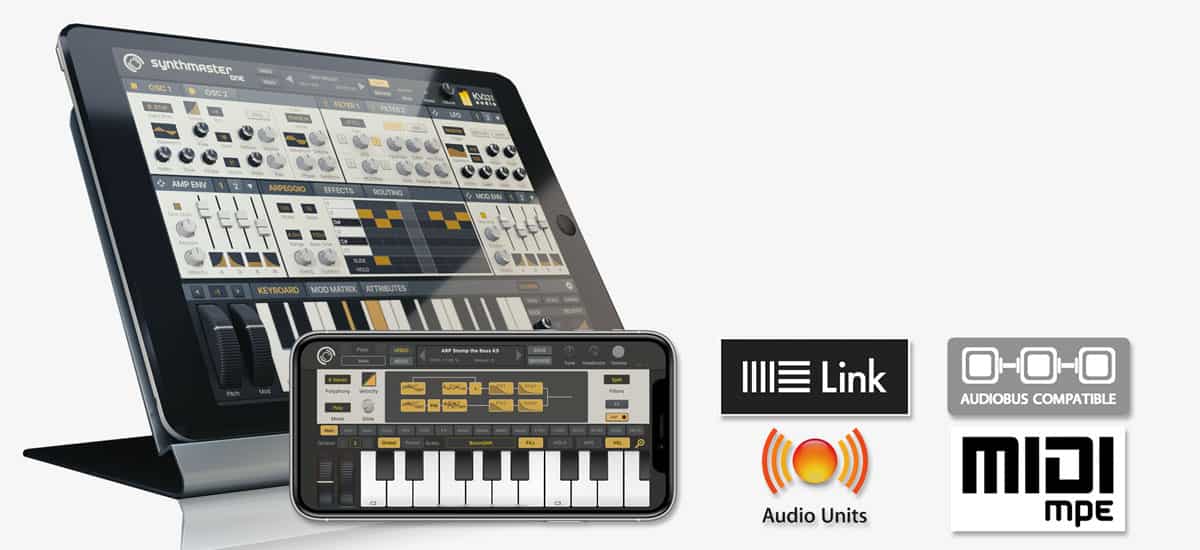AudioSwift 2.2 with Velocity Response & 30% Off Sale
AudioSwift, the app for macOS that turns a trackpad into a MIDI controller, has been updated to version 2.2. Now the Trigger and Scale Modes are velocity-sensitive.
Tapping the trackpad harder or softer will change the levels of the MIDI notes. The user can also choose to use a fixed velocity in the Preferences window.

This new feature, with the MIDI Polyphonic Expression (MPE) support, makes AudioSwift the perfect compact MIDI controller for mobile and desktop music producers, who can now make quick ideas using the trackpad as a creative tool.

AudioSwift version 2.2 is a free update for existing users. To download it, click ‘Check for updates’ on the main menu.


AudioSwift 2.2
- Adds velocity sensitivity to the Trigger and Scale Mode.
- Adds option to choose fixed velocity.
- Fixes an issue with random false hits Trigger Mode.
- Fixes an issue with “swooping” sounds when using the MPE controller and certain plugins.
- Fixes an issue that caused to not trigger Note Off messages in Trigger Mode.
- Fixes wrong tip messages.
- Minor bug fixes.

Get 30% off with coupon GOLDENFROG30 for a limited time.











